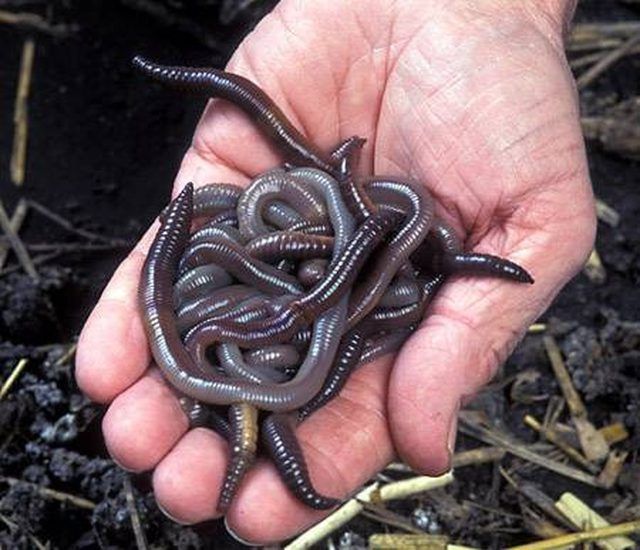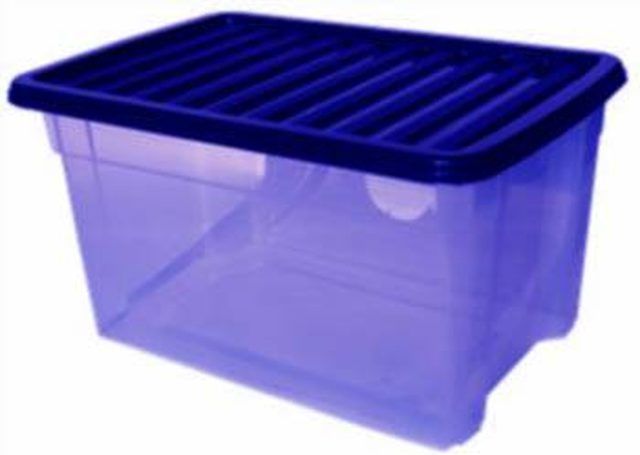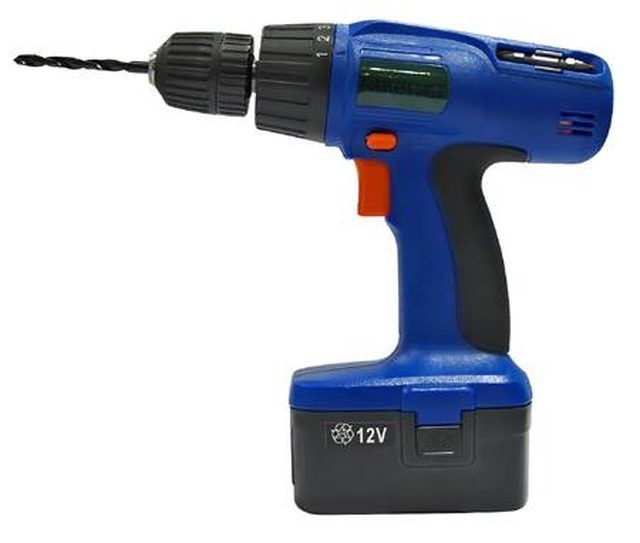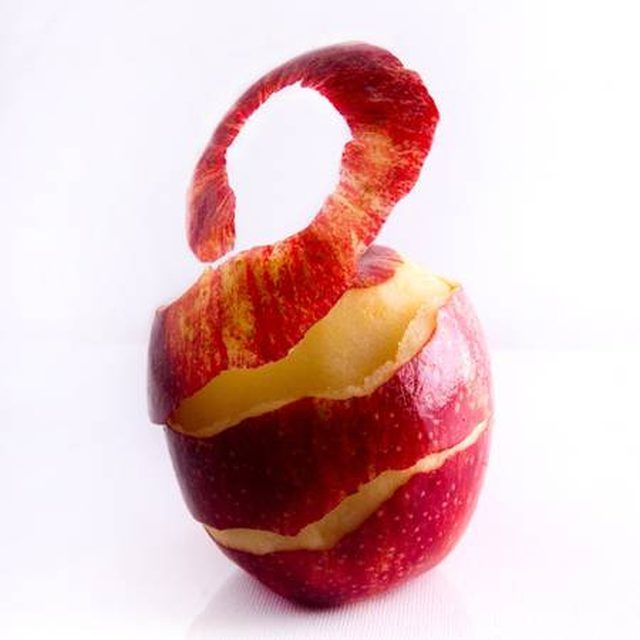Bulbs
Flower Basics
Flower Beds & Specialty Gardens
Flower Garden
Garden Furniture
Garden Gnomes
Garden Seeds
Garden Sheds
Garden Statues
Garden Tools & Supplies
Gardening Basics
Green & Organic
Groundcovers & Vines
Growing Annuals
Growing Basil
Growing Beans
Growing Berries
Growing Blueberries
Growing Cactus
Growing Corn
Growing Cotton
Growing Edibles
Growing Flowers
Growing Garlic
Growing Grapes
Growing Grass
Growing Herbs
Growing Jasmine
Growing Mint
Growing Mushrooms
Orchids
Growing Peanuts
Growing Perennials
Growing Plants
Growing Rosemary
Growing Roses
Growing Strawberries
Growing Sunflowers
Growing Thyme
Growing Tomatoes
Growing Tulips
Growing Vegetables
Herb Basics
Herb Garden
Indoor Growing
Landscaping Basics
Landscaping Patios
Landscaping Plants
Landscaping Shrubs
Landscaping Trees
Landscaping Walks & Pathways
Lawn Basics
Lawn Maintenance
Lawn Mowers
Lawn Ornaments
Lawn Planting
Lawn Tools
Outdoor Growing
Overall Landscape Planning
Pests, Weeds & Problems
Plant Basics
Rock Garden
Rose Garden
Shrubs
Soil
Specialty Gardens
Trees
Vegetable Garden
Yard Maintenance
How to Build a Worm Composter
How to Build a Worm Composter. Worm composters may be used indoors or outdoors to make nutritious soil additives for your garden. Vermicomposting, or worm composting, is an easy way to recycle kitchen scraps into rich fertilizer. A compost bin designed for worms takes little effort to assemble and is low maintenance in the longer term. Worm compost...

Worm composters may be used indoors or outdoors to make nutritious soil additives for your garden. Vermicomposting, or worm composting, is an easy way to recycle kitchen scraps into rich fertilizer. A compost bin designed for worms takes little effort to assemble and is low maintenance in the longer term. Worm compost systems are available from garden centers, but it is easy to make your own inexpensively. Use these steps to build a worm composter with a simple plastic bin.
Things You'll Need
Plastic storage bin with lid
Drill
Newspaper
Bucket
Tray
Bricks
Fruit and vegetable scraps
Wash a plastic storage bin and the lid with warm, soapy water. Rinse thoroughly to remove all residue.

Drill 5/8-inch holes around the upper perimeter of the bin for ventilation. Space the holes 2 to 3 inches down from the top edge and at 3-inch intervals. Drill holes in the bottom of the bin for drainage. Space the bottom holes 4 inches from each other.

Shred a large stack of newspaper. Tear into strips no wider than 1 inch each. Use the black-and-white printed pages and discard the sheets with colored ink.

Soak the shredded paper in a bucket of water. Leave in the bucket at least 1 hour so that the paper absorbs a lot of water.
Squeeze out the paper until it has the consistency of a damp sponge. Pull the paper apart, and place into the plastic bin. Fill the bin to 4 inches from the top.
Place a tray on the floor or shelf in an area where the temperature does not drop below 40 degrees F. Put four bricks on the tray positioned to hold up the corners of the plastic bin so that excess moisture can drip out. Set the plastic bin on top of the bricks.
Bury two handfuls of fruit and vegetable scraps in the damp paper. Leave the bin sitting for a week before introducing worms into the worm composter.

Tips & Warnings
You may shred and soak brown cardboard to add more bulk to newspaper used to fill the bin.